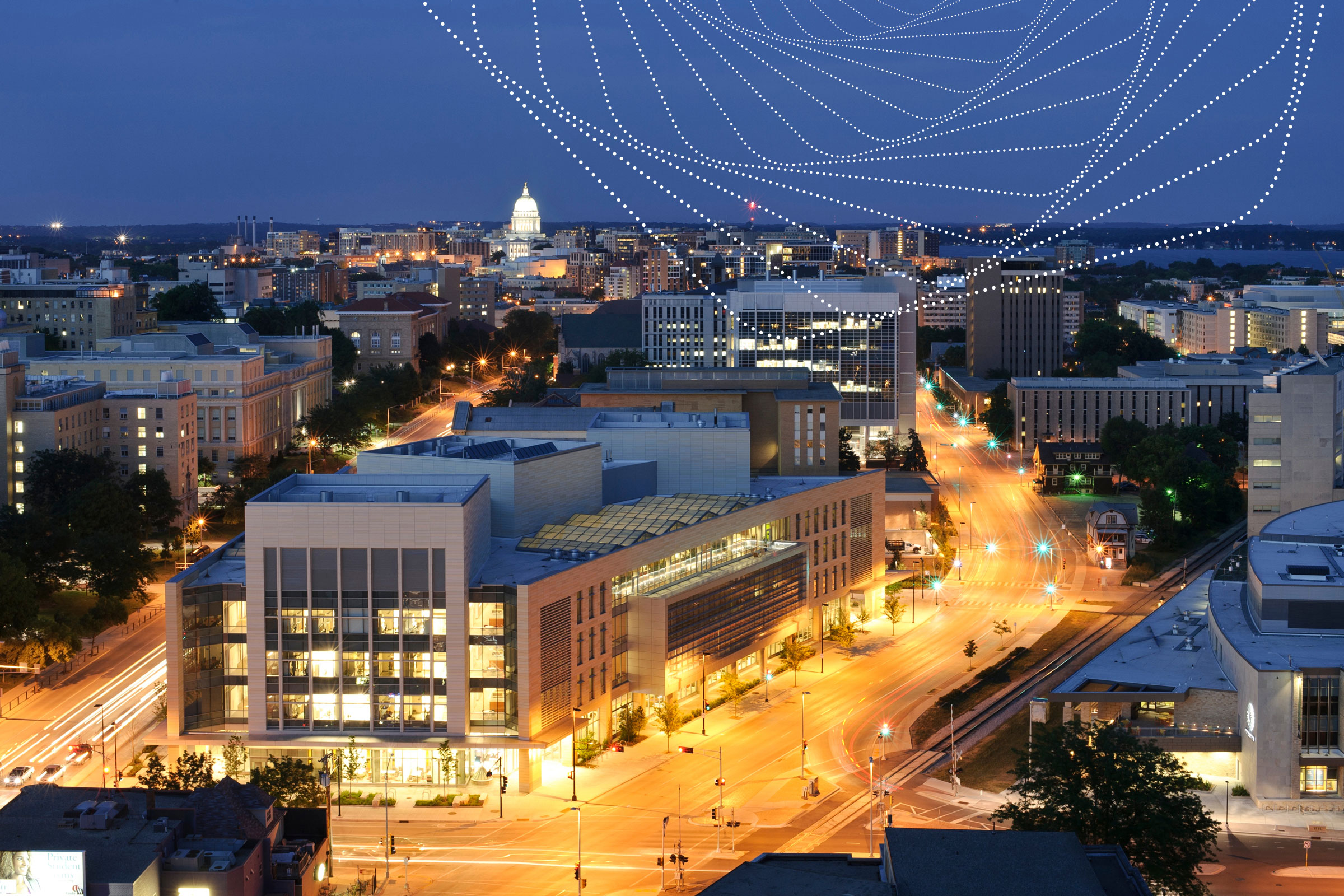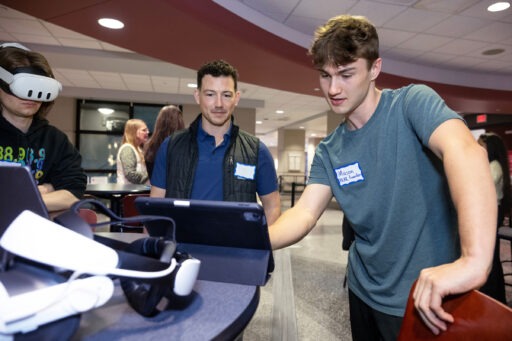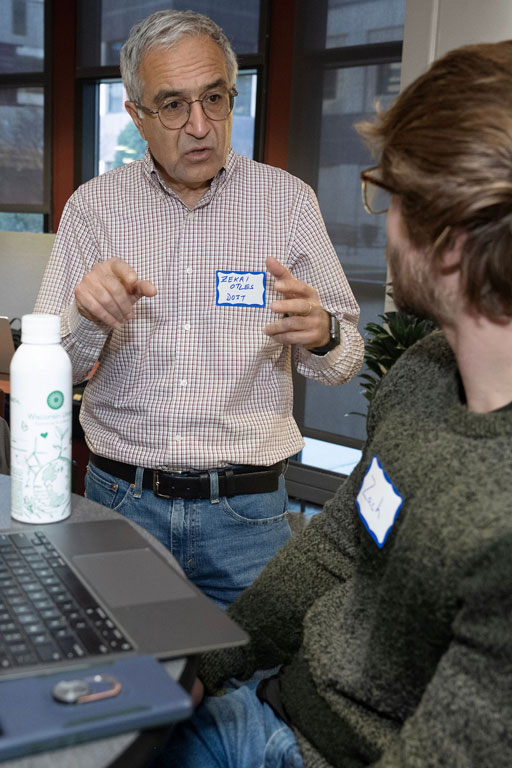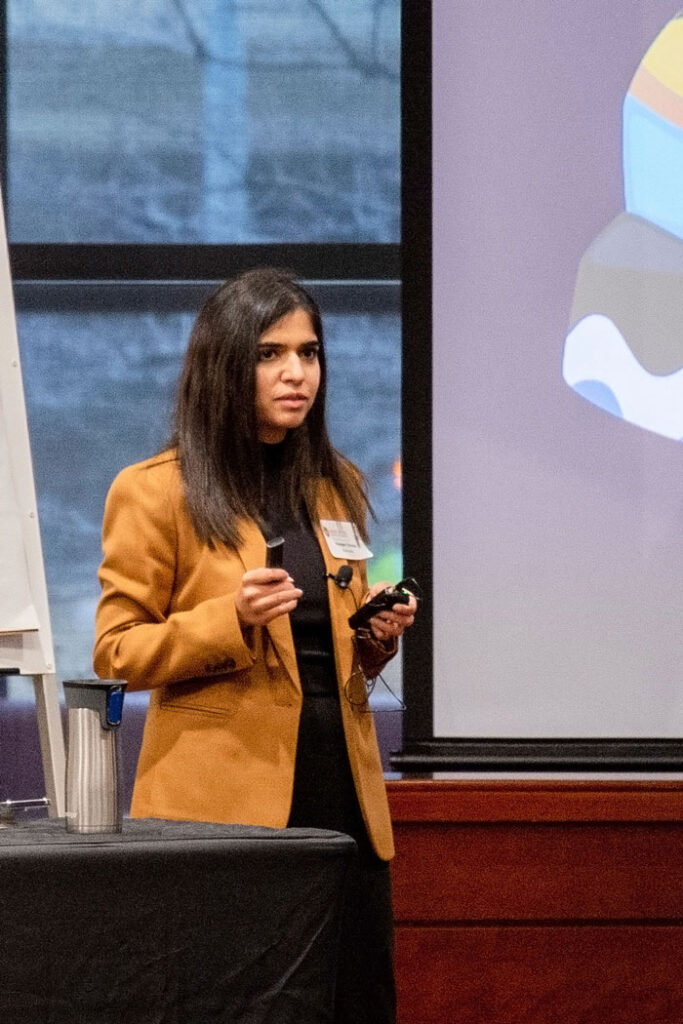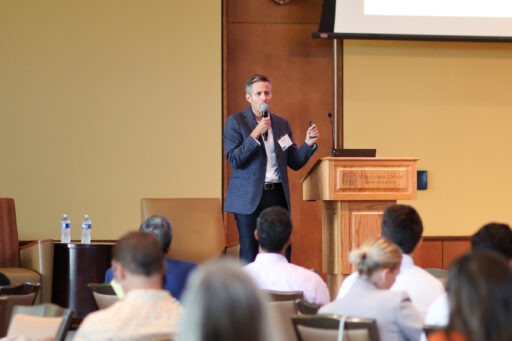
AI Hub for Business
Better Together: Human-AI Partnership for Business Impact
The AI Hub for Business provides practical knowledge, industry connections, and academic expertise to transform business and prepare the next generation of business leaders.
Making AI Work for You
Practical excellence is our goal. Seamlessly elevate your use of AI with us.
Practical
Experiment, test, and shape with AI. Find solutions to business challenges.
Connected
Learning occurs alongside corporations, vendors, advisors, faculty, and students.
Informed
Grounded in academic excellence and cross-functional expertise in all areas of business.
Making AI Work for You
Practical excellence is our goal. Seamlessly elevate your use of AI with us.
Practical
Experiment, test, and shape with AI. Find solutions to business challenges.
Connected
Learning occurs alongside corporations, vendors, advisors, faculty, and students.
Informed
Grounded in academic excellence and cross-functional expertise in all areas of business.
Explore AI With Us
Learn more about the latest progress and discoveries in AI through a weekly newsletter from our human-in-the-loop, Matt Seitz, director of the AI Hub for Business.

Siri’s Growing Pains: Apple’s Struggle to Compete in AI
Listen in: How AI is transforming the world of business
Explore AI’s impact on business in a podcast featuring academic and industry experts.
Explore AI With Us

It’s time to embrace AI. The leaders of the future workforce are using AI now. We’re working with industry partners to lead and shape AI’s impact on business.
AI Hub for Business Director
Wisconsin School of Business

Digital platforms have overtaken our lives and expanded our world. I’m combining computer science and marketing so businesses can keep up.
Assistant Professor of Marketing
Thomas and Charlene Landsberg Smith Faculty Fellow
Wisconsin School of Business

Having a dedicated space to explore AI and develop these skills is a huge advantage. I’m preparing myself to contribute to a transformation in business.
(BBA ’28)
Marketing
Vice President of Programming, AI Hub @ WSB student organization
Faculty Working in AI
Upcoming Events
Join Us
Reach out by sharing your contact information and how we can collaborate.



